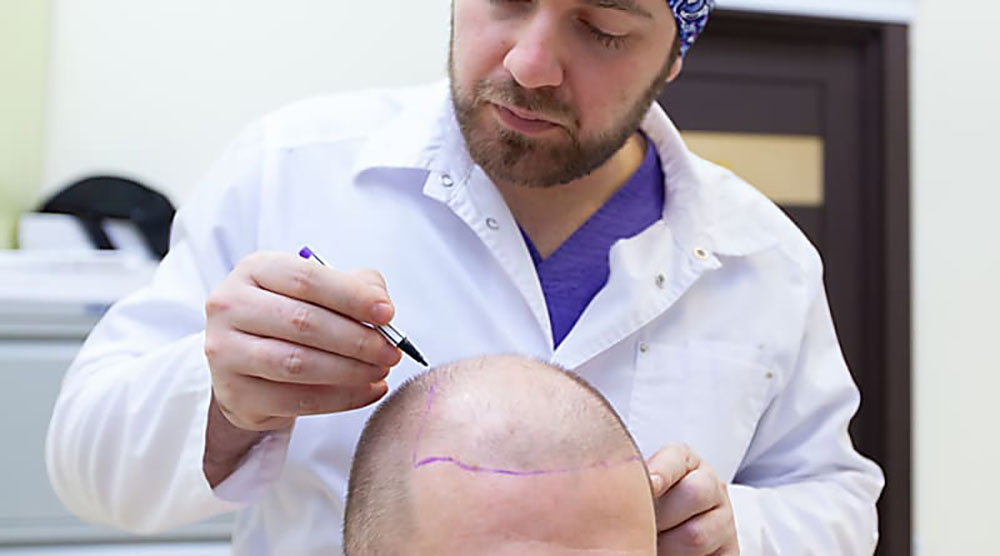Effective Varicose Vein Treatments for Healthier Legs
Varicose veins affect millions and can cause pain, swelling, and self-consciousness. Modern therapies—from surface laser treatments to endovenous laser ablation (EVLA)—offer effective, minimally invasive solutions. Learn how laser procedures work, what to expect, potential risks, and how to choose the right option for improved comfort and appearance. Keywords: varicose veins, laser treatment, endovenous laser ablation, EVLA.

How laser therapy treats varicose veins
Laser therapy uses concentrated light energy to close off problematic veins so blood is rerouted through healthier vessels. There are two main laser approaches: surface (transcutaneous) lasers for small spider veins and endovenous laser ablation (EVLA) for larger, refluxing varicose veins. Surface lasers target veins through the skin, heating and collapsing tiny visible vessels. EVLA delivers laser energy from inside the vein via a thin fiber, producing targeted thermal damage that causes the vein to seal and eventually be absorbed by the body.
What is endovenous laser ablation and how it is done
Endovenous laser ablation is a widely used, minimally invasive method for treating significant varicose veins. The procedure usually follows these steps:
- Pre-procedure ultrasound mapping identifies the problematic veins and plans the access points.
- A small puncture or incision is made in the skin and a catheter is inserted into the affected vein under ultrasound guidance.
- A laser fiber is threaded through the catheter to the planned location.
- Local anesthesia numbs the area; some practitioners also use tumescent anesthesia around the vein to protect surrounding tissues and enhance patient comfort.
- Laser energy is applied as the fiber is slowly withdrawn, heating and collapsing the vein wall until it seals shut.
EVLA is generally performed in an outpatient setting, takes about 30 to 60 minutes depending on the extent of disease, and allows patients to go home the same day.
Advantages of laser-based treatments
Laser procedures, and EVLA in particular, have become preferred options for many patients because they provide several benefits compared with traditional surgery:
- Minimally invasive with tiny skin punctures and little to no scarring.
- Rapid recovery; many people resume regular activities within 24 to 48 hours.
- High rates of vein closure and symptom relief.
- Lower risk of complications compared with vein stripping or more invasive operations.
- Noticeable cosmetic improvement and reduced leg heaviness, aching, and swelling.
Potential risks and side effects
Although generally safe, laser treatments carry possible side effects. Discuss these with your clinician so you understand and can manage them:
- Temporary bruising or skin discoloration along the treated vein.
- Mild postoperative discomfort, tightness, or soreness in the treated area.
- Rare skin burns when incorrect settings or technique are used.
- Uncommon nerve irritation or injury, which can cause numbness or tingling; usually temporary.
- Very rare occurrences of deep vein thrombosis or other clotting complications.
Following your provider’s instructions before and after the procedure reduces risks and improves outcomes.
What to expect during and after treatment
During the procedure you may feel warmth, mild pulling, or slight stinging as the laser is activated, but local anesthesia keeps discomfort tolerable. Afterward, walking is encouraged immediately to promote circulation. Most clinicians recommend wearing compression stockings for a short period to control swelling and support healing. Typical recovery milestones:
- Return to light activities within a day or two.
- Moderate soreness or bruising for several days to a few weeks.
- Gradual improvement in symptoms and appearance over several weeks to months as the body reabsorbs the treated vein.
Regular follow-up with ultrasound may be scheduled to confirm the treated vein has closed and to assess overall venous health.
How to choose the right treatment
Selecting the most appropriate therapy depends on vein size, location, symptoms, overall health, and the presence of venous reflux. A vascular specialist or vein clinic will perform a duplex ultrasound to diagnose the problem precisely and recommend options which may include EVLA, surface laser, sclerotherapy, or surgery in select cases. Discuss expected outcomes, recovery time, costs, and any alternatives so you can make an informed decision.
| Treatment | Typical use | Procedure time | Typical cost range (USD) |
|---|---|---|---|
| Surface laser | Spider veins/small superficial veins | 15-45 minutes | $200 - $1,000 per session |
| Endovenous laser ablation (EVLA) | Large refluxing varicose veins | 30-60 minutes | $1,500 - $4,000 per leg |
| Ultrasound-guided foam sclerotherapy | Medium veins or recurrences | 30-60 minutes | $300 - $1,200 per session |
| Surgical vein stripping | Extensive disease, selective cases | 1-2 hours | $2,000 - $6,000+ |
Cost disclaimer: Prices are approximate and vary by clinic, region, and individual patient needs. Consult your provider for an accurate estimate.
Final considerations
Laser treatments, especially EVLA, offer a reliable, less invasive pathway to reduce symptoms and improve the look of varicose veins for many people. Proper diagnosis with duplex ultrasound and a clear discussion about risks, recovery, and realistic results are essential before proceeding. If you have leg pain, swelling, skin changes, or visible bulging veins, schedule a consultation with a qualified vascular specialist to explore your options.
This article is for informational purposes only and should not be considered medical advice. Please consult a qualified healthcare professional for personalized guidance and treatment.






